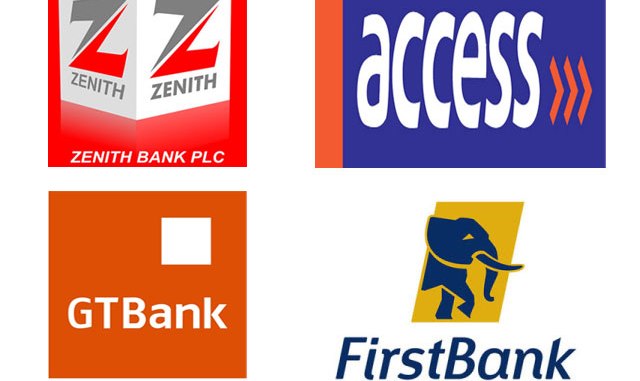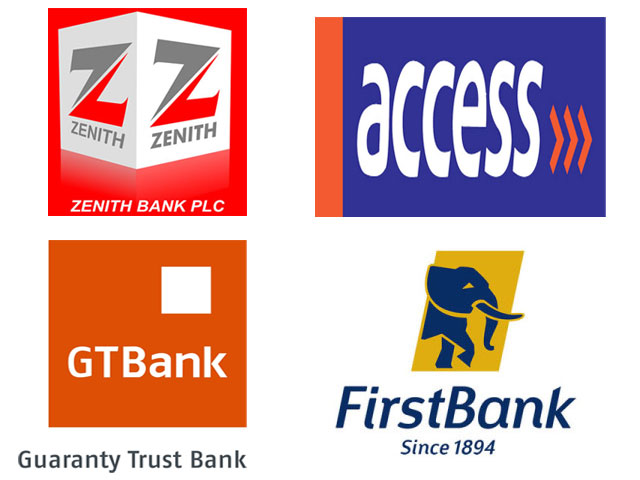
Nigerian banks can absorb up to $6 billion of credit losses without breaching minimum regulatory requirements for Capital Adequacy Ratio (CAR), according to Fitch Ratings, a global provider of credit ratings, commentary and research for global capital markets.
This means the banks are well capitalised and capable of absorbing loan losses. A loan loss provision is a cash reserve a bank creates to cover problem loans that are unlikely to see repayment.
CAR is a regulatory measure that helps ensure that banks have enough capital to protect depositors’ money.
Last year, the Central Bank of Nigeria (CBN), as part of its efforts to enhance the resilience of Deposit Money Banks and the Nigerian banking system, released a revised guideline on regulatory capital, which sets out the criteria that banks’ capital instruments must meet to be eligible for regulatory purposes as per the Basel III standards.
It requires all banks and banking groups with international authorisation and those that have been categorised by the CBN as being domestic systemically important banks to maintain a minimum CAR of 15 percent, while a minimum CAR of 10 percent will be applicable to all other banks.
According to Fitch, most banks are well-capitalised and have the capacity to absorb up to a certain amount of credit losses based on their Pre-Impairment Operating Profit and total regulatory capital buffers without falling below the minimum CAR requirement.
The rating agency disclosed this in its Nigeria Webinar, titled ‘Sovereigns & Banks – Mid-Year Outlook: Policy Settings Limit Upside Potential from Higher Oil Prices’.
Guaranty Trust Bank can absorb credit losses up to 16 percent and 26 percent of Risk-weighted assets (RWAs) and gross loans respectively, without breaching the minimum CAR of 17 percent.
Fitch said Stanbic IBTC can absorb up to 14 and 23 percent of RWAs and gross loans respectively without breaching regulator’s threshold of 11 percent CAR; Jaiz Bank can absorb 20 percent of RWAs and 14 percent gross loans without breaching the minimum capital adequacy ratio of 11 percent; and Zenith Bank can absorb 9 percent and 15 percent of RWAs and gross loans respectively, without breaching 17 of regulatory threshold.
